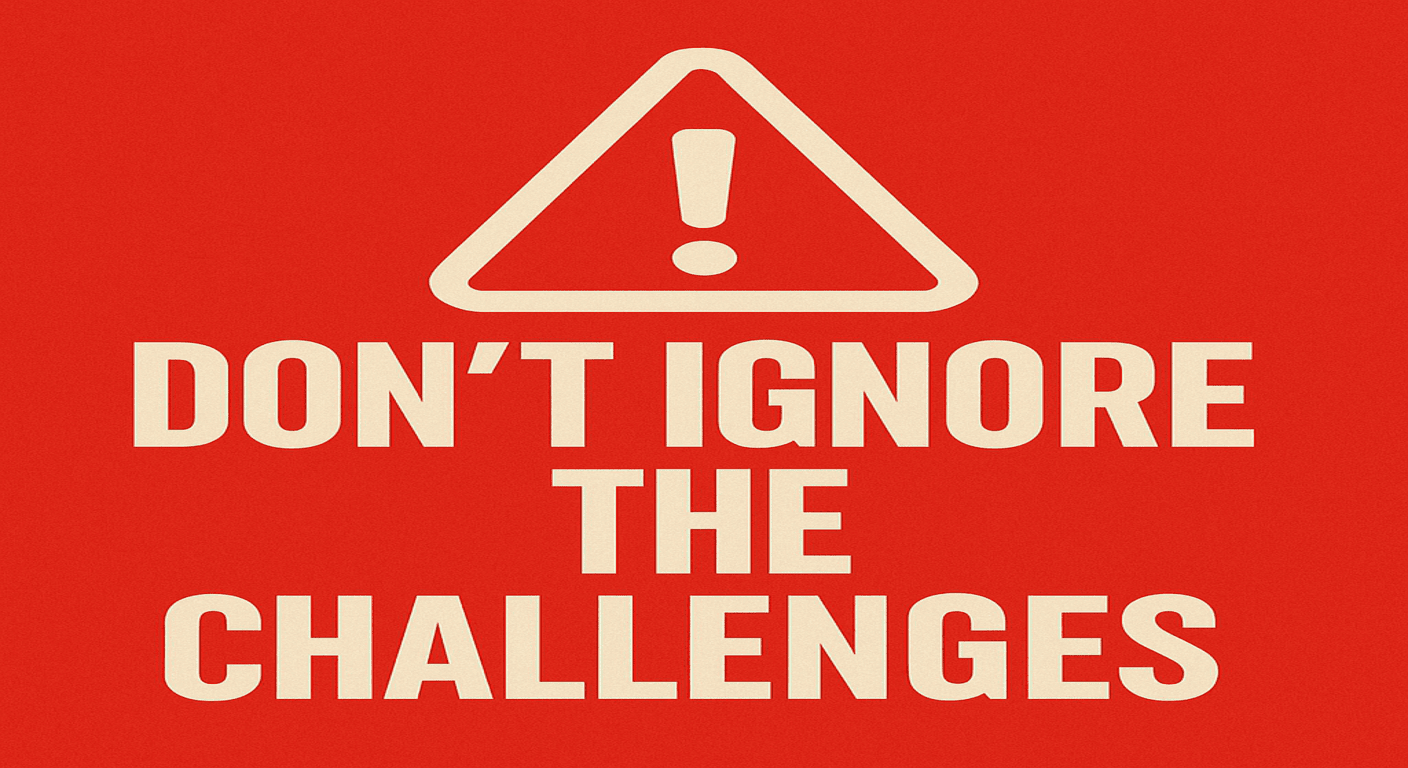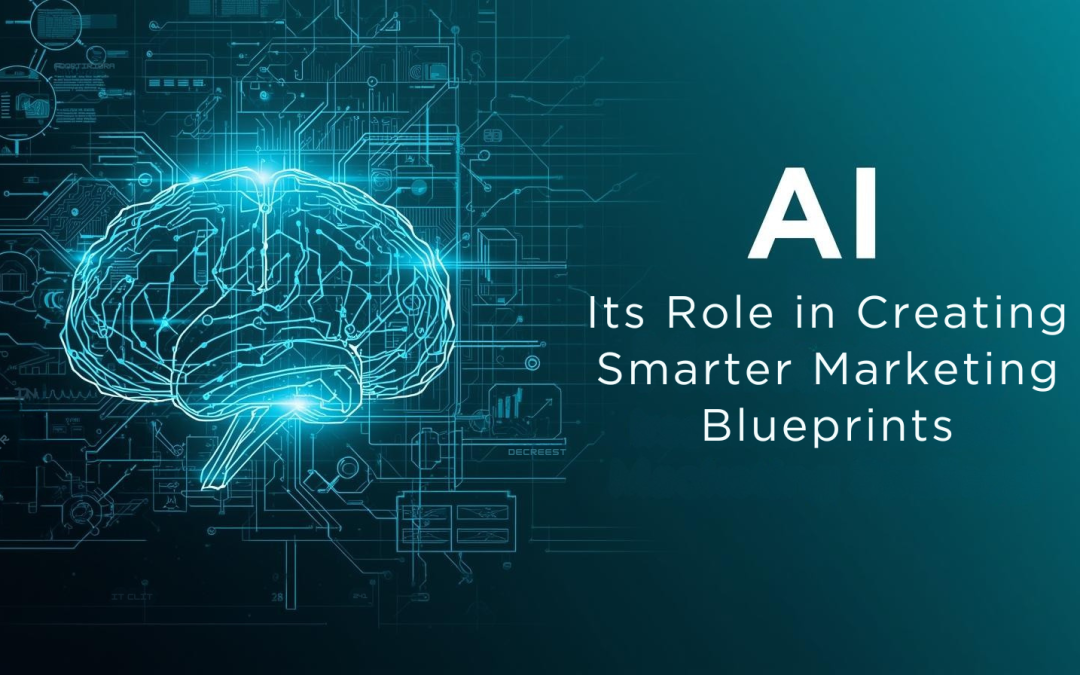Creating a marketing blueprint used to mean outlining a campaign plan and hoping it held up for a few quarters. Now? That approach doesn’t cut it. The bar has moved. With AI in the mix, today’s most effective marketing blueprints are dynamic, data-driven, and built to adapt on the fly.
AI tools aren’t just automating tasks—they’re helping marketers plan smarter, personalize better, and move faster. The result: strategies that actually evolve with your audience. And the numbers back it up. By 2025, brands using AI have already seen a 25% bump in conversion rates and cut acquisition costs by 30%.
What Sets a Smart Marketing Blueprint Apart?
Most traditional marketing plans are fixed. You set your goals, build your calendar, and lock in budgets—maybe you review quarterly, if that. But that kind of static planning doesn’t hold up when consumer behavior shifts overnight or a new platform suddenly takes off.
A smart marketing blueprint works in real time. AI tools constantly pull in fresh data, learn what’s working (and what’s not), and make adjustments as things happen. It’s like having a strategist that never sleeps, always optimizing the next move.
Where AI Really Levels Up Your Marketing Blueprint
1. Smarter Audience Segmentation
AI doesn’t just look at basic demographics. It digs into behavior, sentiment, purchase history—even how someone scrolls. With machine learning, you can build detailed, evolving personas and micro-segments. That means more targeted messaging, better timing, and less guesswork.
2. Data-Backed Channel Planning
Instead of spreading your ad dollars thin, AI helps you double down on what actually works. It looks at past performance, predicts future trends, and helps allocate spend across platforms where your audience is most likely to act. Less waste, more return.
3. Personalized Content at Scale
Generative AI tools like Jasper and ChatGPT can create content tailored to different segments in seconds. From email subject lines to full landing pages, AI lets you test, tweak, and personalize without burning out your creative team. Your marketing blueprint doesn’t just include what to say—it knows how to say it to everyone, individually.

4. Timing and Automation
Knowing when to say something can matter as much as what you say. AI predicts the best times to send emails, launch ads, or post on social. It also automates entire workflows—triggering follow-ups, nurturing leads, and adjusting sequences based on user behavior.
5. Forecasting and Budget Optimization
AI-powered dashboards don’t just report performance—they predict it. Tools use historical data and machine learning to simulate outcomes, helping you move budget or adjust creative before a campaign underperforms. It’s like split testing the future.
Why It Matters: The Benefits of an AI-Powered Marketing Blueprint
When you build your marketing blueprint around AI, you unlock a few major wins:
-
Faster execution: AI handles repetitive tasks so your team can focus on strategy.
-
Smarter targeting: You’ll understand your audience more deeply, and adapt as they change.
-
Better personalization: Scale custom messaging without scaling headcount.
-
Tighter budgets: Predictive analytics help you put money where it matters.
-
Fewer blind spots: AI can catch patterns or insights that humans might miss.
Tools That Make It Happen
Here are some of the platforms powering modern marketing blueprints:
-
Marketing automation: HubSpot, ActiveCampaign, Salesforce Einstein
-
Content generation: Jasper, ChatGPT, Surfer SEO
-
Analytics and forecasting: Google Analytics, SEMrush
-
Customer data platforms (CDPs): Centralize first-party data and fuel real-time personalization
These tools talk to each other, too—through CRM integrations, ad platforms, and analytics systems—keeping your strategy tight and your execution seamless.

Don’t Ignore the Challenges
AI isn’t magic. It still needs direction. A few things to watch out for:
-
Over-relying on automation: Letting AI run the show without oversight can lead to off-brand moments.
-
Privacy compliance: Make sure your use of customer data follows GDPR, CCPA, and other regulations.
-
Creative gaps: AI can write, but it can’t tell your brand story the way your team can.
-
Interpreting data: Insights are only useful if someone understands what to do with them.
What’s Next for AI-Driven Marketing Blueprints?
Expect to see AI do more than just assist. We’re heading toward fully autonomous campaigns—where AI sets, runs, and optimizes strategies with minimal input. At the same time, integration with AR, VR, and cookieless ad tech will push personalization into new territory.
Your future marketing blueprint might not just respond to user behavior—it could react to gestures, context, even real-world environments.
Final Thoughts: Strategy Still Comes First
AI is changing the game—but it doesn’t replace smart thinking. The best marketing blueprints will still come from people who understand their brand, their market, and their customer. AI is your co-pilot, not the pilot.
So, if you’re looking to upgrade how you plan, build, and run your campaigns, it’s time to rethink your marketing blueprint. And it starts with putting AI in the right places – guided by human strategy.
